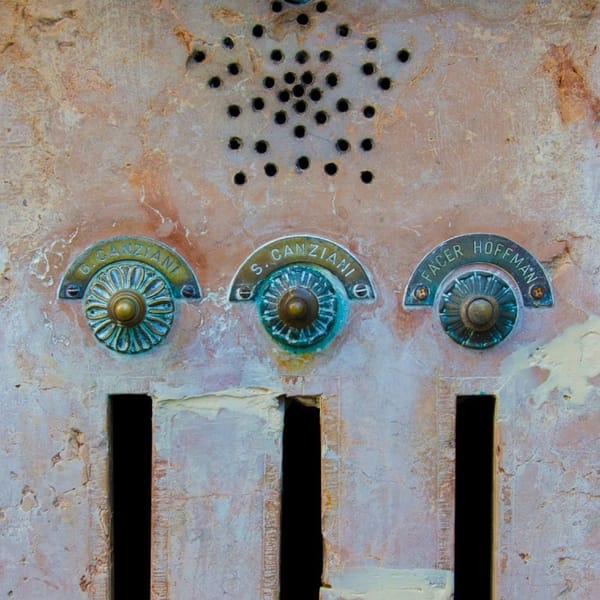Secrets at my Fingertips
Tap it, unwrap it – how I send secrets with biometrics
When I'm setting up kit, I need secrets. Typically keys to identify myself as someone authorised. Keys for provisioning servers, for talking to LLMs, for setting up DNS, for using ssh.
And when I say 'I', I mean my tools – so those keys need to be stored somewhere, not typed in when needed. As they're secrets, they need to be stored in an encrypted way – and I don't mean the encryption that munges my laptop's whole SSD, but encryption specifically for the secrets file. So secrets.yml needs a password.
We should take that password seriously, of course: should we remember it or scribble it on a hidden postit? Clearly neither. And we're collaborative engineers, so when we need to share that password, and those secrets, we need to share in a way that means the secret isn't generally known and access can be killed off.
As it happens, I keep the password to the secrets file in a password manager, 1Password. So I can already share it with care, change it in a way that I can check up on, restrict and enable as needed. It's not Sailpoint, but it works for me and my circle.
Here's the enabler: 1Password has a command-line interface op, and unlocks with biometric convenience.
So, in Ansible, when I want to edit or open my secrets.yml, I don't need to type the password, but I use this parameter: --vault-password-file <(op item get 'Ansible secrets' --fields label=password --reveal).
That uses --vault-password-file to pass the field password from the 1Password item Ansible secrets as the password for the secrets file. Which means I can put the command in something openly stored, have the kit request my identity when it first needs it, and have the decrypted secrets in memory and not in a shabby test file somewhere obscure*.
In practice: I use the command, verify with a fingerprint, and off it goes.
'* unless, like a pillock, I do ansible view secrets.yml , forget, crash something, scroll up my history file and just see all the keys there. So, y'know, don't do that.




